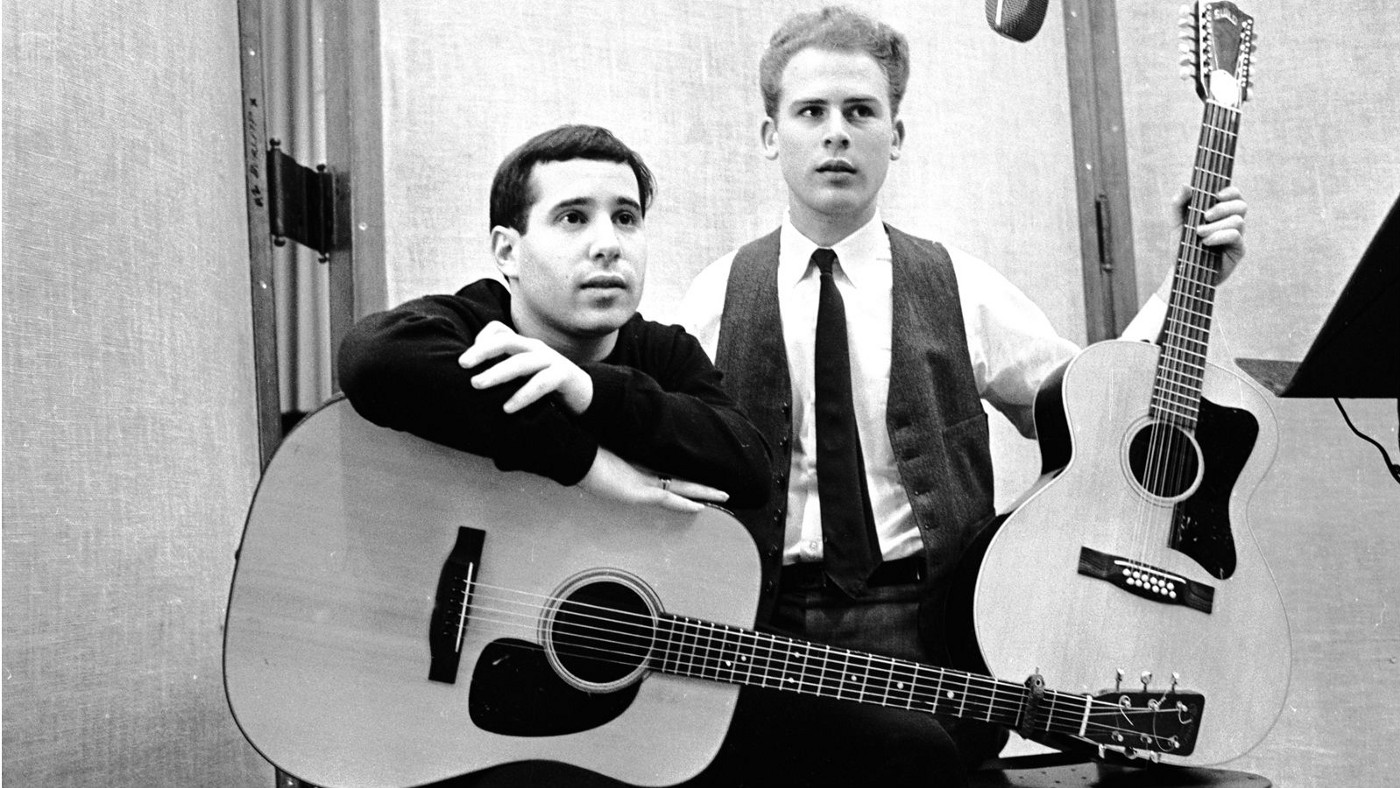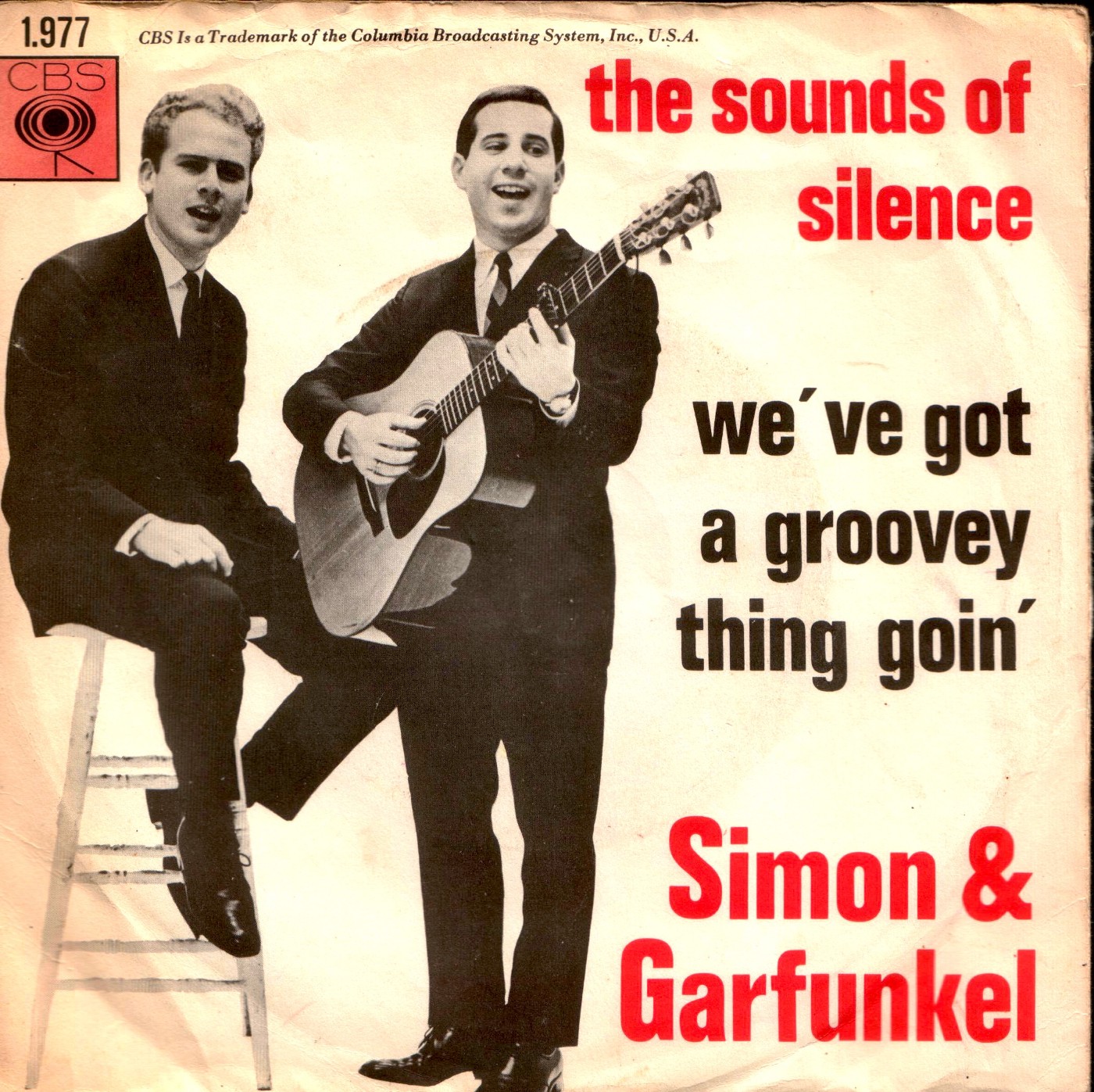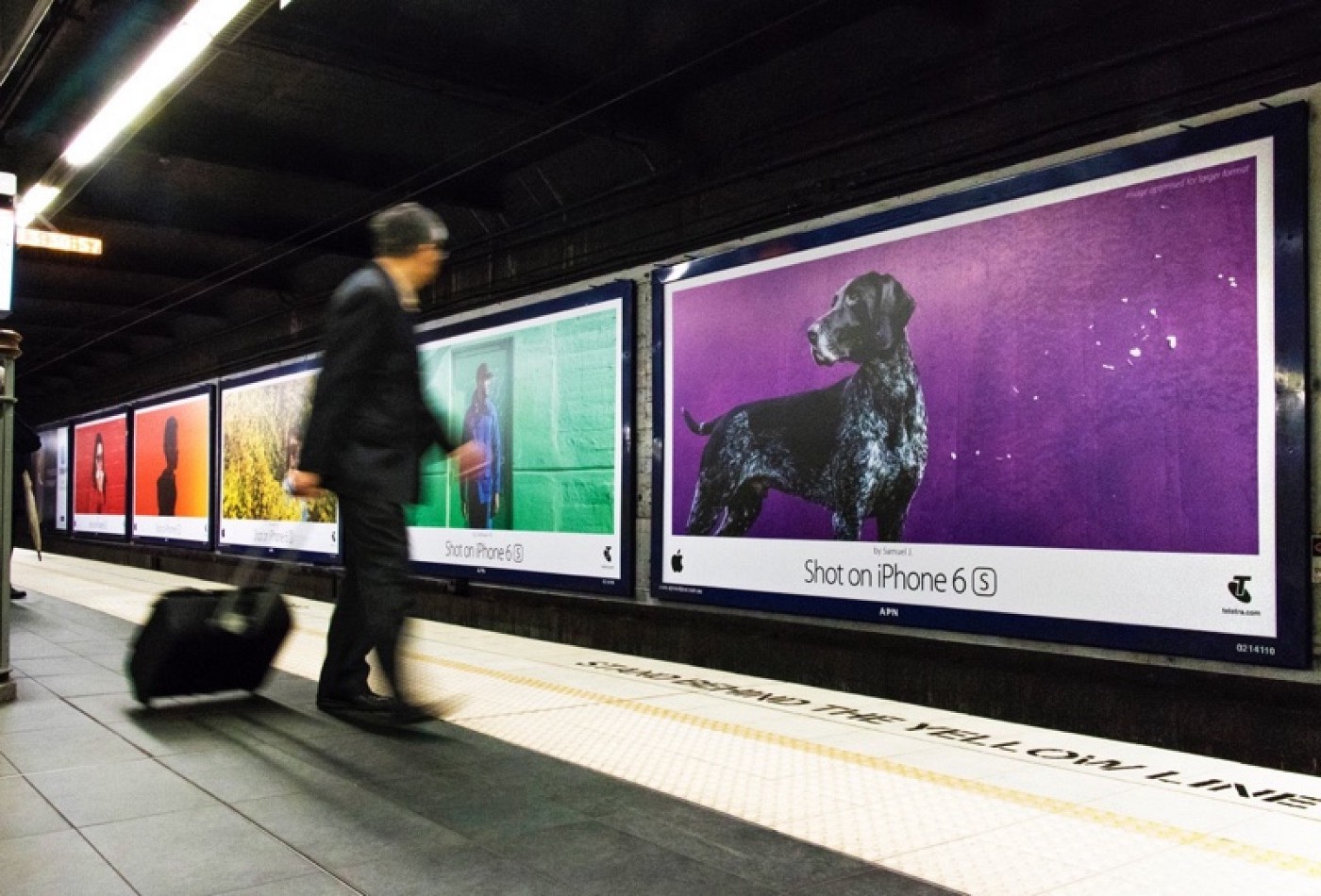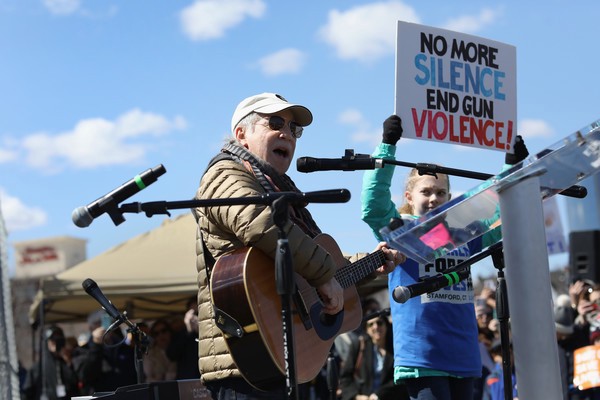The 1960s hit by Simon & Garfunkel conveys a powerful warning against the dangers of indifference, which still comes in handy today

But what is the message conveyed by Paul Simon in The Sound of Silence? Let us try to interpret the lyrics, starting off with an explanation given by Art Garfunkel during a live performance: This is a song about the inability of people to communicate with each other.This topic is present right from the first, universally known verse: Hello darkness, my old friend / I?ve come to talk with you again. The author has no one to talk to but the dark, to whom he tells, almost like a confession, about a dream he had. The first theme of the ?vision? is loneliness: the narrator finds himself walking alone on a narrow path, when the cold night is suddenly lit up by the flash of a neon light; he is dazzled by it, and we are told that the glare is icy, naked and unnatural. The neon conveys an idea of cold modernity, serving as a symbol for present-day industrial society, which has replaced the traditional warmth of the fireplace, bearer of communion and togetherness, with the impersonality of artificial light.
And in the naked light I sawTen thousand people, maybe morePeople talking without speakingPeople hearing without listeningPeople writing songs that voices never shareAnd no one daredDisturb the sound of silence
The third verse is probably the key of the song, as well as the core of Simon?s vision. The light reveals a multitude of people, likely meant to represent humanity as a whole. They are not acting normally in his eyes: their actions are void of significance, they seem disempowered and alienated.The author realizes that too often people speak with each other just for the sake of it, without really communicating anything: talking without speaking and hearing without listening sound like oxymora, but they are instead carefully chosen expressions, hinting to the meaninglessness of most of present-day personal interactions.
It is undeniable that the society we live in pushes us to live frantic, stressful lives, leading to a pattern of self-absorption and detachment which most of us only put aside to engage in shallow small talk with strangers we do not care about. Think about how rare it is to have a deep, heartfelt conversation with another person; how excitingly strange it is to really connect with someone, to be able to exchange experiences and opinions without falling into clich, and more importantly without feeling the compelling need to look at your phone!
In these circumstances, the human sensibility and creativity risk to get lost, also for fear of revealing our true self to the world: in Simon?s dream people are writing songs that voices never share. In loneliness and incommunicability art perishes, as we have no one to share it with, and we are terrified of non-acceptance and mortification if we did. This line could also be a criticism of the contemporary music and cultural industry, which only promotes what is considered ?trendy? by producers, and curbs the artists? creative talent: a recurring topic in Simon?s work.

The incapability to share feelings, ideas, art also means that we become desensitized to the evil around us, as we are no longer able to raise our voice against cruelty and injustice. No one dares to disturb the sound of silence, meaning nobody has the courage or the strength to ?rock the boat? by questioning the status quo. Silence is thus characterized not as something positive and peaceful, but as an enemy that must be fought in order to get rid of our moral numbness and regain some sort of unity and togetherness. If we do nothing, if we stay silent, we are allowing and enabling all that is wrong in our society, when we should stand up and denounce it instead.
According to many, it is no coincidence that Simon wrote the lyrics around the time of John F. Kennedy?s assassination: in The Sound of Silence he paints the picture of a disheartened, dazed people, mirroring the uncertainty of most Americans and their inability to react in the face of the violence and chaos breaking loose both inside their country and on the international stage.Having noticed this, the songwriter begins the next verse with a wake-up call:
?Fools?, said I, ?You do not knowSilence like a cancer growsHear my words that I might teach youTake my arms that I might reach you?
The author tries to warn the people in his dream ? and his listeners ? about the dangers of incommunicability: he compares silence to a tumor, spreading relentlessly through society and which is eventually going to consume it. He then invites them to listen to his guidance and offers them his arms, almost as if to physically rescue them from their ?illness?. But all is in vain: his cry remains unheard, falling like silent raindrops and getting lost in the deafening silence.In this verse all of Simon?s juvenile frustration comes to light: he feels misunderstood and unappreciated; he realizes that most people are not easily shaken out of their paralysis, and the dissenting voices are often muffled by indifference.
And the people bowed and prayedTo the neon god they madeAnd the sign flashed out its warningIn the words that it was formingAnd the sign said:?The words of the prophets areWritten on the subway wallsAnd tenement hallsAnd whispered in the sound of silence?
The fifth and final verse ? which is also the longest one ? contains a fierce attack against modern consumerism. The people idolize the neon sign they themselves have created, worshiping it as a god; the author means to show how modern men have converted to a new religion, whose holy cows are money, appearances and shiny futility. Serving as prophet of the new god is obviously the advertising industry, which covers up with billboards every corner of the cities, while ads and commercials are whispered in the sound of silence and are the only audible noise, brainwashing people into buying things they do not really need.

Paul Simon?s criticism is also aimed at the alienating power of mass media, capable of detaching people from reality and making them prefer fake, passive interactions to the real, genuine ones. This also provides another interpretive angle to the lines about people talking without speaking and hearing without listening mentioned earlier in the song. It is worth noting that the early Sixties ? when The Sound of Silence was written ? were the years in which television reached its mass diffusion in the U.S., exiting the status of ?luxury item? and spreading its use among the middle and working class: according to Cobbett Steinberg?s TV Facts, by 1962 90% of American households counted with at least one television.
To sum up, the key message of The Sound of Silence is that we never have to stay quiet and we should not be afraid of speaking out, both in our personal and our social life. The way towards a better society passes through effective communication, which is essential to draw attention to our needs and to demand justice and decency for all. To accomplish this, we should be careful with everything that can alienate us, leading us to think of ourselves only as individuals rather than as members of a worldwide community. In a nutshell, this song reminds us to avoid the neon gods our daily life is littered with, which can trick us into selfishness and indifference.

By the time The Sound of Silence became a hit the Vietnam War was raging, so it was adopted by many as an anti-war song, along with others such as Dylan?s Blowin? in the Wind and John Lennon?s Imagine. Especially nowadays, as our society grows more and more antagonistic and divided and while many remain passive in the face of inequality and discrimination, I think we should rediscover these songs not only for their artistic value, but also and foremost for their powerful social meaning, which can still teach us a great deal about the world we live in.